Hello Steemians.
Today, I would like to bring you information about one of the anomalies quite encountered in pediatric dentistry called Cleft Lip and Palate (CLP)
Introduction
Cleft lip and palate (CLP) are a common congenital orofascial abnormalities that occur in the very early stage of pregnancy as the baby develops within the uterus of the mother.
It is one of the many congenital malformations that an infant could present with at birth. Others include neural tube defect, Down syndrome etc and they are usually as a result of either one or more of genetic, environmental, nutritional or infectious factors.
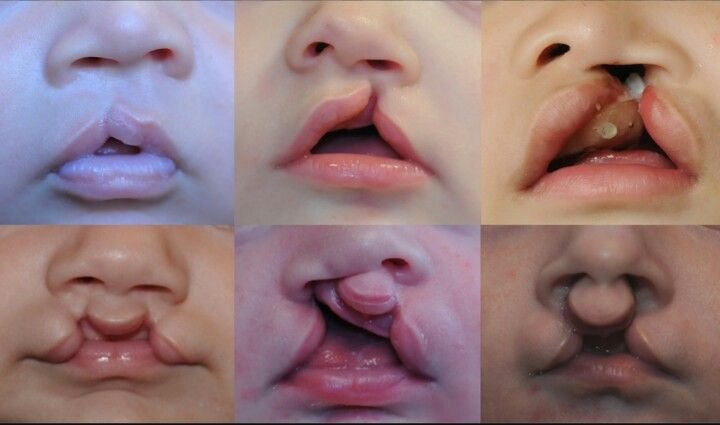
Credit
Definition
Cleft Lip and palate is said to be disorder that affects the oral structures of a new born mainly the lip, palate as well as the uvula.
As the word cleft, there is a discontinuation or an opening of the oral structures not being able to form the lip and palate properly or fully due to not enough tissue or, the part of the face that bears the lips and palate of the roof of the mouth not joining during formation.
In cleft lip, there's is an opening in the upper lip which may extend from the border of the lip up to the nose while in cleft palate, there is an opening in the roof of the mouth bringing about an abnormal connection with the floor of the nose.
Causes
Cleft lip and palate results mainly from spontaneous mutations in one or more genes located on human autosomal chromosomes which results from risk factors such as the following :
Genetic factors : such as being in the family tree or hereditary.
Environmental factors : Asbestos, ChlorofluoroCarbons (CFCs), heavy metals pollution.
Nutritional factors : Vitamin B deficiency and Folic acid deficiency.
Infectious factors : diabetes mellitus, German measles (Rubella), Toxoplasmosis etc
Others : Obesity, medications such as thalidomide , hard drugs, intake of alcohol and smoking.
Types
The types of cleft lip and palate includes the following:
Incomplete Unilateral cleft lip. This shows a cleft on one side of the upper lip towards the nose but looms more like an indentation.
Complete Unilateral cleft lip. The cleft extends to the nose on just one side of the upper lip.
Incomplete Bilateral cleft lip. Both sides of the upper lip have indentations towards the nose but does not get to the nose.
Complete Bilateral cleft lip. Both indentations on both sides of the upper lip extends to the nose.
Incomplete cleft palate.
This is a cleft or opening on the roof of the mouth; the palate but does not go beyond the incisive foramen.(soft palate)
Complete cleft palate:
A cleft or opening on the roof of the mouth extending from the soft palate down to the hard palate . The mouth and nose are exposed to each other and there is an abnormal communication.
Submucous cleft palate: Presence of complete cleft of the palate but subtly covered by the mucous membrane linning of the mouth.
Bifid Uvula: a cleft of the Uvula.
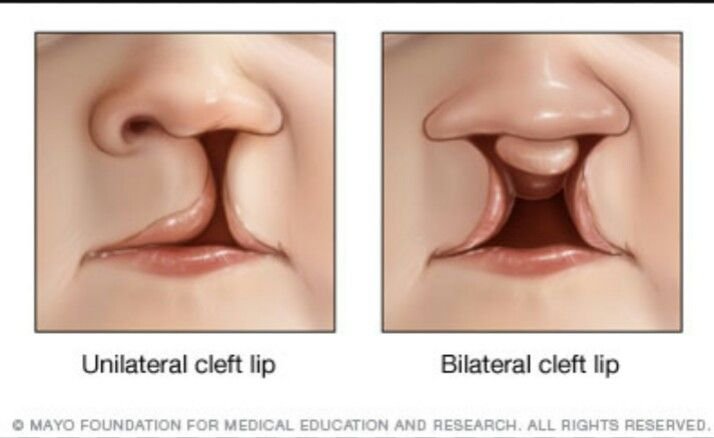
Credit
Complications /Problems Associated with CLP
1)Poor Feeding: This is the foremost difficulty that a child with cleft lip and palate faces. Most times, babies with just cleft lip are unable to form a seal over the nipple or eve a feeding bottle while babies with cleft palate are even more disadvantaged because they are unable to create an oral pressure which helps food or breast milk pass into their throats.
2) Poor Tooth Development: This results due to the disruption of tooth buds and their growth and development leading to absence of teeth, displaced or tilted teeth, small as well as extra teeth in the mouth.
3)Poor Speech: Like we know that the mouth isn't only for feeding but also for speaking and this is hampered by the absence of a good mouth seal as well as oral pressure which together with the other structure especially the tongue, words and sounds can not be articulated properly.
4) Ear problems: Due to the connection of the middle ear through the auditory or Eustachian tube to the soft palate, the middle ear tends to be filled with fluid instead of air when the muscles of the soft palate can't contract. This leads to the common infection (otitis media) seen in children with cleft palate.
5)Others: Having a child with Cleft lip and palate can have some negative toll on the confidence and self esteem of the parent and even the child if not corrected on time.
Management
The management of a child with cleft lip and palate involves multidisciplinary experts which includes oral and maxillofacial surgeon, plastic surgeon, pediatrician, ENT surgeon, opthalmologist, nurses, speech therapist, psychologist, genecist and social workers as they all contribute to the proper management as well as surgical treatment once the child is born till when he/she would be operated upon to correct the anomaly.
The correction of cleft lip is usually done when the child is not less than 10 weeks, weigh 10pounds and have at least 10gm/dl hemoglobin count. This is a called Milliards Rule of Ten. The aim is to make sure the child is fit for the facial repair.
The correction of a cleft palate either in combination with a cleft lip or not, is done when the child is between 9-18months. This is to allow for proper apposition of the remaining oral structures while repairing without breakdown of the surgical outcome.
How To Prevent Having CLP.
The prevention of cleft lip and palate in a child is dependent on the mother whilst pregnant for that child. Apart from it being hereditary, there are some specific tips that pregnant women should carryout once they discover that they are expecting. These includes
Making sure one completes all immunizations before and during pregnancy.
Stay away from environments that are pollutes with heavy metals as well as substances that can predispose one to having being affected.
Taking prenatal vitamins and minerals as directed by your gynecologist.
Reduce risk of infection and infectious agents such as people with chicken pox, measles, small pot, animals that can transmit viruses such as cats or their faces(toxoplasmosis) etc which can increase the risk of a child being affected with cleft lip and palate.
Do not take drugs without it been prescribed from a certified gynecologist.
Stay away from smoking and alcohol as they increase the chance of cleft lip and palate.
Having medical tests that exposes one to too much radiation
Conclusion
Cleft lip and palate is one of the common orofacial anomaly which tends to affect fetuses in early pregnancy. It's certainly not a good sight to behold on infants but just in case you encounter either parents of a child with cleft lip and palate or the child, show all the love and support you can.
Thanks for reading.
 Join Us On #AIR-CLINIC
https://discord.gg/rqded5m
Join Us On #AIR-CLINIC
https://discord.gg/rqded5m


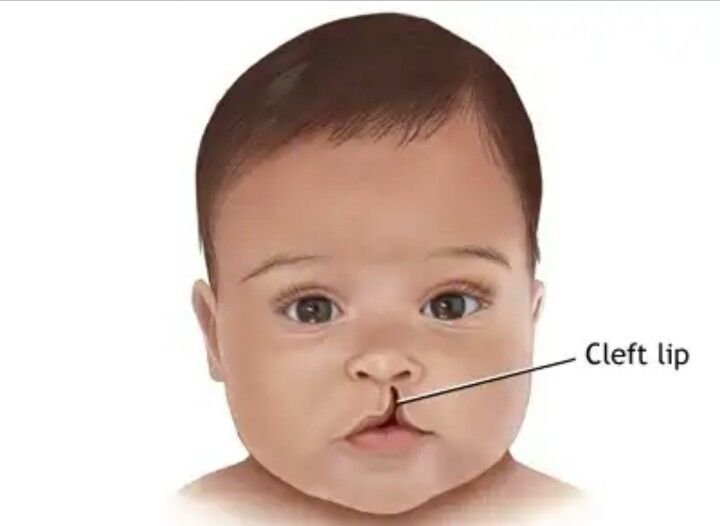
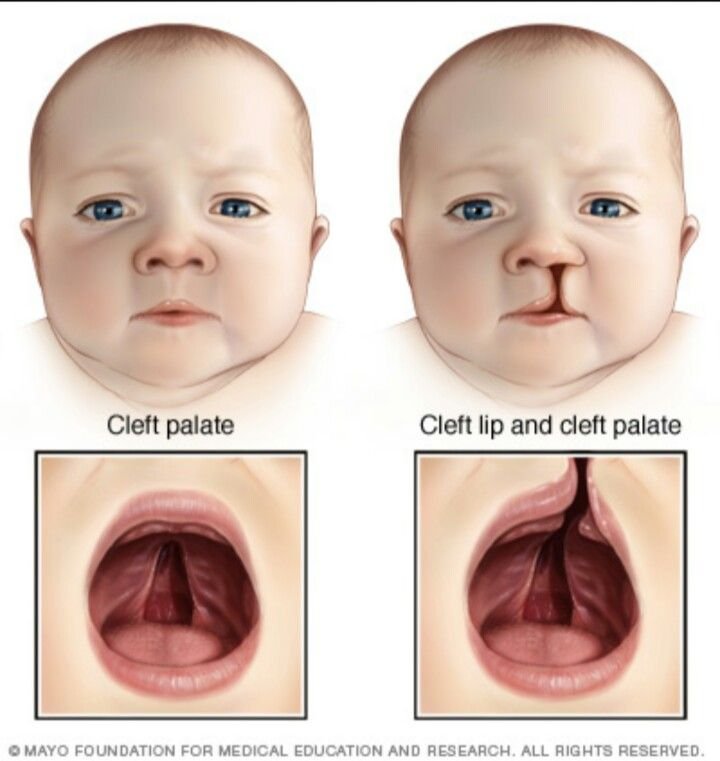
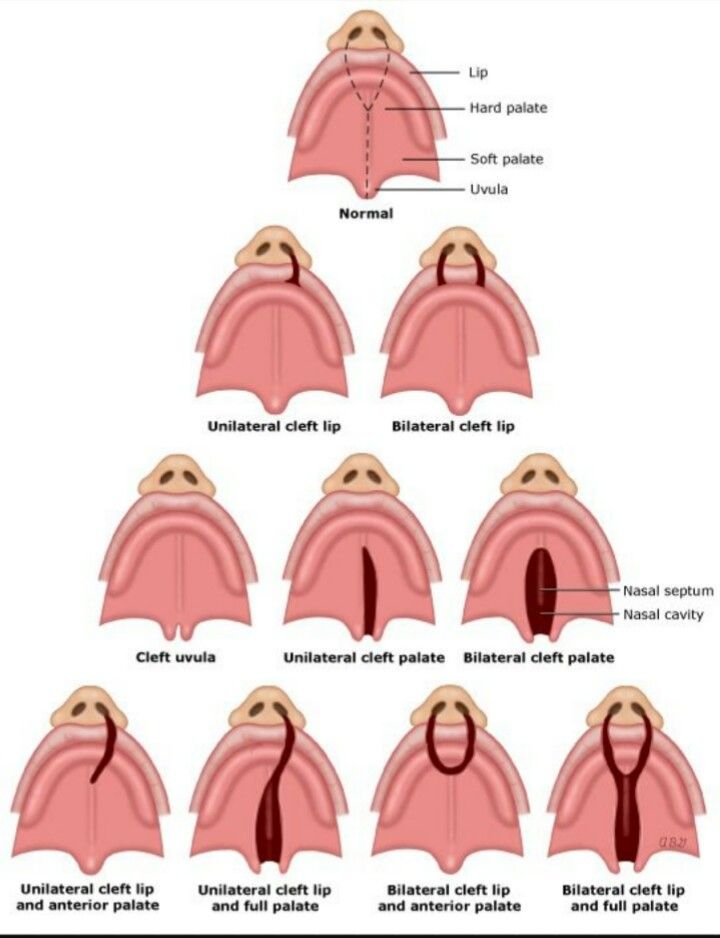
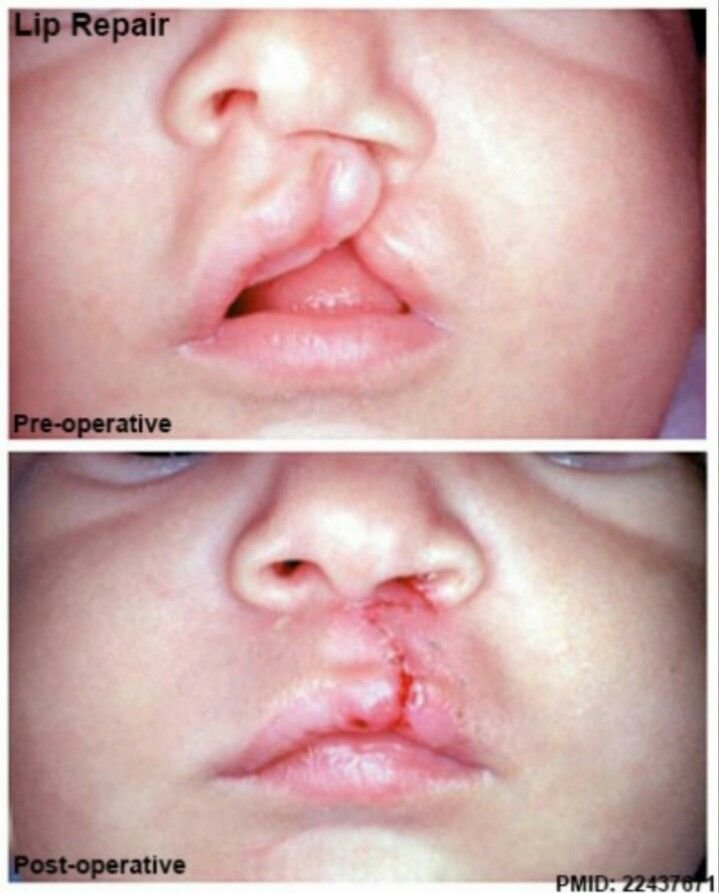
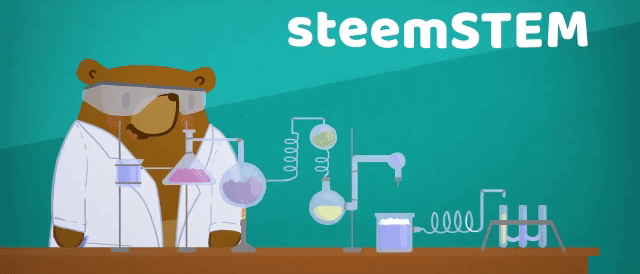
Wow.. This is so enlightening, thanks for sharing.. You're always a blessing
Lol thanks bro @brandshift
Prevention is better than cureI resteemed so i can make reference to itThanks @thelovejunkie for this educative article especially the preventive measure. it is will be very helpful to me who is in process of tying the knot. So that i don't a child with such disorder.
You are very welcome @eprolific
I always wondered how this deficiency starts, like what actually causes it. Thanks for sharing...
Lol, now you know bro @ramon You are welcome
And here i was thinking it was caused by accidents....Thanks for such an informative post
Hahaha. I like your being so real dear brother @jo5h. You are welcome